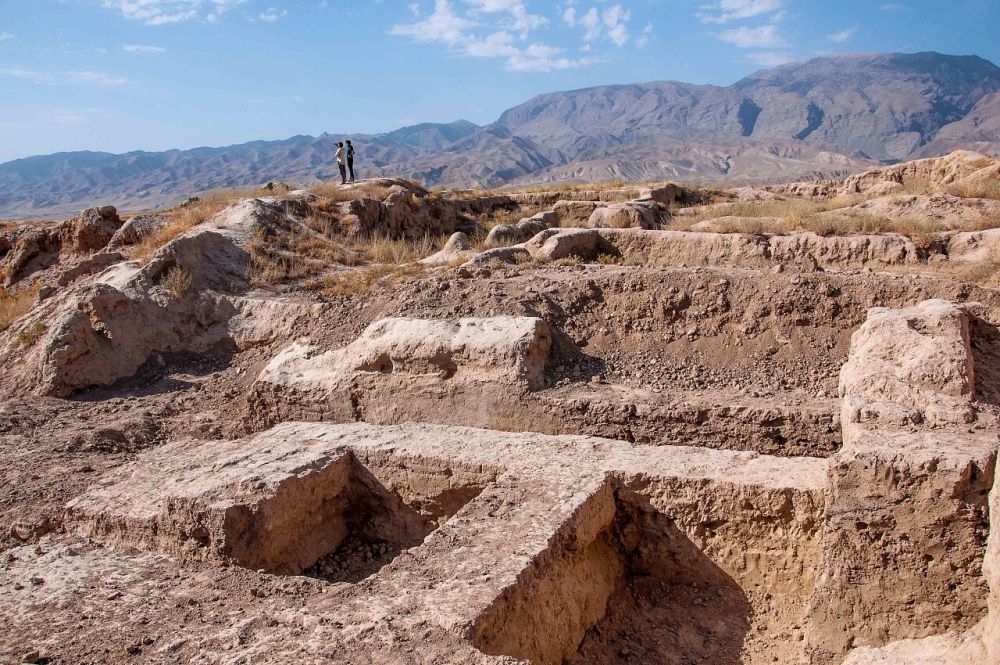

The Ancient Panjakent Ruins of Panjakent, Tajikistan, hark back to a flourishing past as a thriving city along the ancient Silk Road. Panjakent, often referred to as "Pompeii of Central Asia," was an essential Sogdian town founded in the 5th century AD and flourished until it was conquered by the Arabs in the early 8th century AD.
The importance of Panjakent was not fully recognized until the 20th century, when archaeologists unearthed the site, revealing its rich tapestry of history. With the dissolution of the Soviet Union and Tajikistan gaining independence in 1991, the country slowly started to open up to tourism.
International scholars and tourists began to take an interest in the ruins of this pre-Islamic urban center. The uncovering of murals, pottery, manuscripts, and urban infrastructure captivated those interested in the history of the Silk Road. Despite being off the beaten path due to political and economic instability in the region, the historical significance of Ancient Panjakent continued to draw a steady stream of academics and adventurers.
In recent times, efforts have been made by the Tajik government and international organizations to preserve and promote Panjakent as a destination of great archaeological and cultural value.
Eco-tourism and cultural tourism are on the rise, as Panjakent offers a unique opportunity to explore the remnants of the city's residential and administrative quarters, its citadel, and its necropolis amidst the stunning natural landscape of Tajikistan.
The introduction of the Silk Road visa, allowing tourists to explore Tajikistan and Uzbekistan with ease, has also increased the number of visitors exploring the ruins. The visa encourages cultural exchanges and acknowledges the shared history of Central Asian countries.
The trend towards more immersive and educational tours has led to an increase in specialized guided tours focusing on the history of the Silk Road, where the Ancient Panjakent is a highlight.
The use of digital technology aids in bringing ancient civilizations to life for visitors. Augmented reality experiences at historical sites like Panjakent offer interactive and engaging ways for tourists to connect with the site.
Lastly, increased academic collaboration and international funding have provided additional resources for site preservation and enhanced tourism infrastructure, making the Ancient Panjakent Ruins more accessible to a broader audience.